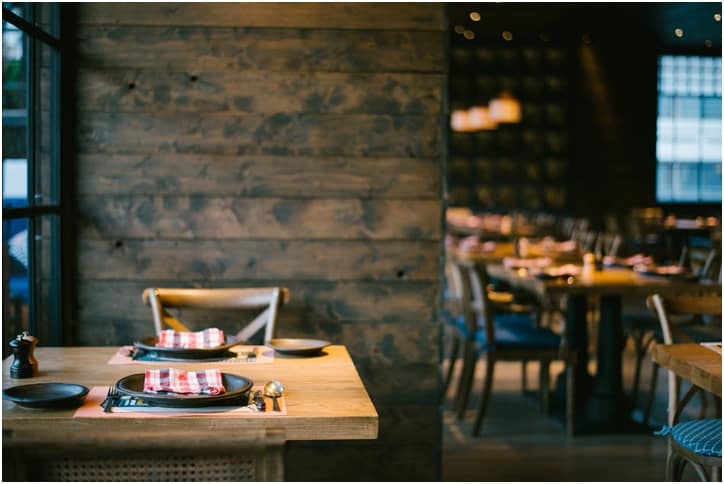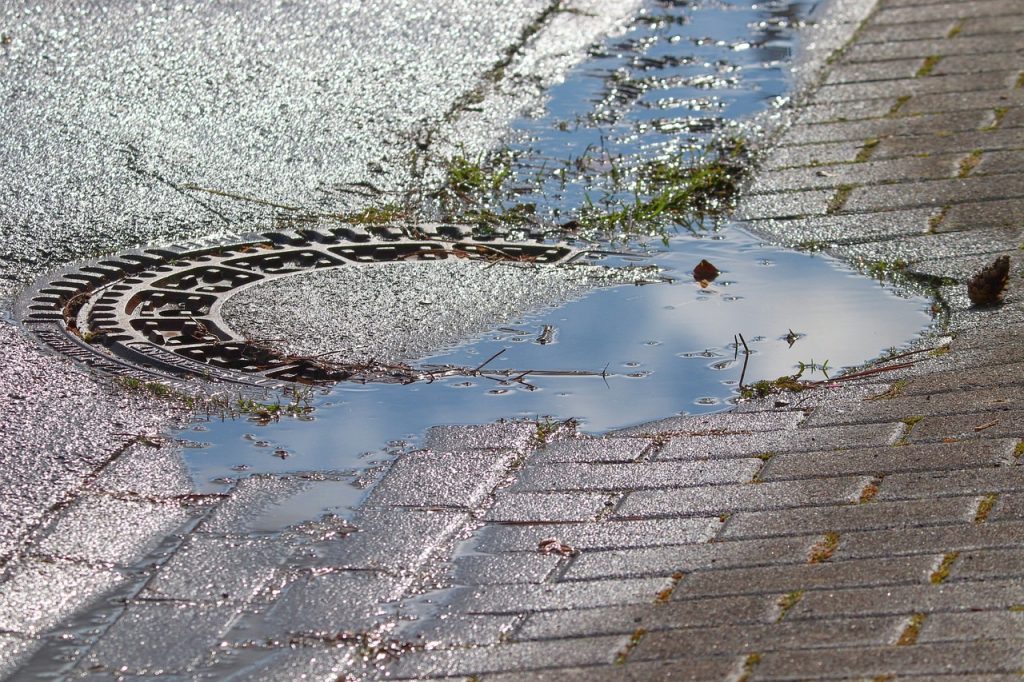Restaurant table materials have three broad categories: solid wood, laminate, and outdoor. The aesthetic and practical value of different types of wood varies widely. There are benefits exclusive to some wood species that are not shared by others. Some varieties of wood are more durable than others in terms of surface damage and the ability to withstand heat and stains. Hardwood and softwood are the two primary types of solid wood.
Hardwood maple
For its durability, maple is frequently used to construct sturdy cabinets and other pieces of furniture that get a lot of usage. It has a tighter grain than oak, is smooth to the touch, looks silky, and is less expensive than other hardwoods but is denser and heavier than oak. Perfect for creating a statement in formal dining areas, it pairs well with contemporary furniture and decor.
Oak
Oak is solid hardwood with a natural grain structure that is both deep and visible. It has beautiful open-grain patterns and is usually trimmed to prevent warping and dents. It is ideal for daily usage, especially in high-traffic family-friendly venues, but it is expensive.
Walnut
The durability of walnuts in restaurant tables is well-known, and the wood is prized for that reason. This hardwood is used for making furniture, particularly dining room tables, because of the way it brings out their straight, narrow lines. Walnut is one of the most costly types of wood and is rarely utilized in business settings since it is slightly tougher than maple and significantly lighter than oak.
Beechwood
Beechwood’s fine to medium homogeneous texture and generally straight grain makes it a desirable material for industrial furniture due to its ease of staining and relatively low cost compared to other forms of hardwood. Its resilience makes it suitable for outdoor usage, even though insects may easily damage it.
Tips for Keeping Your Restaurant’s Tables in Top Condition
The condition of your restaurant tables is incredibly important in the dining experience that you provide to your customers, and it can also affect their spending when they eat out at your establishment. Luckily, taking the necessary steps to keep those tables in tip-top shape isn’t hard, and it’s well worth the extra effort involved in doing so. Below, we’ll go over some tips you can use to improve the state of your restaurant’s tables, which will hopefully lead to increased profits and happy customers as well.
Normal Upkeep
More upkeep is usually needed for wooden tables. Water, heat marks, and gouges can destroy wood if you don’t preserve it. Without a protective coating, untreated wood requires extra caution while cleaning. Wood will distort if it gets wet. To speed up the drying process, use damp but not drenched towels. Surfaces can be damaged and perhaps gummed by harsh or citrus-based cleansers.
Every three months, you should polish your wood furniture. Wood that has been given a protective coating, such as polyurethane, requires less upkeep over time. Because aluminium oxidizes, table tops eventually lose their lustre. Waxing a car or a piece of metal helps bring back its lustre. Also, check about office furniture.
Decisions Regarding the Location of Restaurant Tables
The restaurant tables may not be suitable for use in the garden. Outdoor tables at your restaurant should be sturdy enough to endure the heat, rain, and sunlight (UV rays).
- Indoors
There is a noticeable quality gap between patio furniture and interior furniture. Inside, dining rooms benefit from beautiful hardwood tables. When it comes to the inside, though, plastic tables aren’t a good choice because of how they look.
- Outdoors
More robust construction is required for your patio set. Picnic tables made of wood can be used if they have been coated with a material that repels water and ultraviolet light. Redwood, cedar, or tropical wood should be used exclusively. Any exterior wood, however, will require periodic sanding and refinishing.
Conclusion
If they want to succeed, restaurants must put effort into creating an enjoyable atmosphere for their patrons. The restaurant’s atmosphere is greatly affected by the furniture. It’s not enough to consider how stylish your restaurant tables and chairs are. Think about how long they’ll endure, what they will be used for, and how well they will fit in with the rest of your equipment.
Written Business Writer by Nivi Watson


